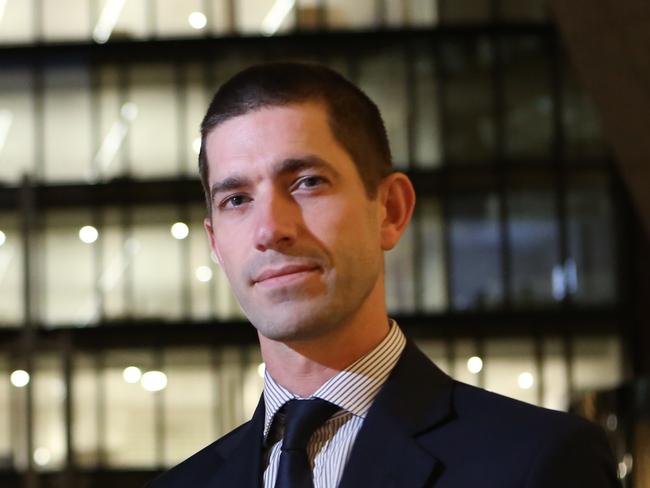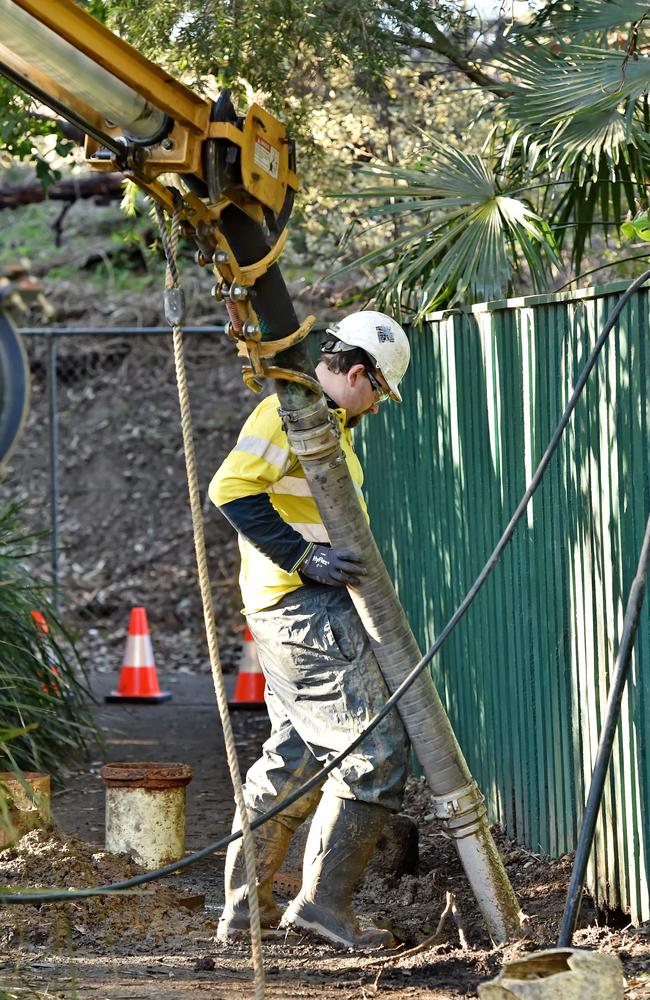No real pay rises, with inflation at same rate as wage growth
AUSTRALIAN’S haven’t had a noticeable payrise for six years and it could be a decade before we get another one.
NSW
Don't miss out on the headlines from NSW. Followed categories will be added to My News.
AUSTRALIANS haven’t had a noticeable payrise for six years and it could be a decade before we get another one.
The wage price index released by the Australian Bureau of Statistics yesterday showed wages rose just 0.6 per cent in the June quarter and 2.1 per cent for the year.

With inflation tracking at exactly the same figure it leaves real wage growth at zero.
For the past two years real wage growth has also effectively flatlined, putting further pressure on everyday Australians battling rising power prices and escalating household costs.
MORE: Are you a top earner in your city?
A leading economist says the last time the country had a meaningful pay rise was in 2012 when real wage growth was at 2 per cent.

Capital Economics chief Australia and New Zealand economist Paul Dales told The Daily Telegraph that from 2000 and up until 2012 the mining boom had generated an “aberration” of wage growth reaching up to 4 per cent.
“A more normal rate of wage growth will probably be the reality over the next 10 years and that’s probably 2.5 per cent; maybe 3 per cent if you are lucky.”

The Reserve Bank of Australia is hoping inflation rises to a target range of 2 per cent to 3 per cent, which effectively cancels out the entire next decade’s worth of wage growth.
Mr Dales described the June quarter’s 0.6 per cent pick up in wage growth as “stagnation”, which would soon be felt by retailers.
MORE NEWS:
Massive bushfires a ‘stark wake-up call’
Rebels bikie boasts about wild weekend and arrest in Sydney
Insta ‘celebs’ slapped with social media ban
“We suspect that the continued stagnation in real wages in the second quarter will contribute to an easing in consumption growth this year,” he said.
“Real wages are no higher now than they were two years ago … The rise in nominal wages is therefore just covering the rise in prices in the shops and nothing more.”

AMP Capital chief economist Shane Oliver said the one positive from yesterday’s wage growth numbers was the figure has risen from its 2016 record low of 1.9 per cent.
“At 2.1 per cent, annual wage growth is just keeping up with headline inflation of just 2.1 per cent,” he said.
“So real wage growth is zero, providing no boost to real household spending power which will act as an ongoing drag on retail sales and consumer spending.”
